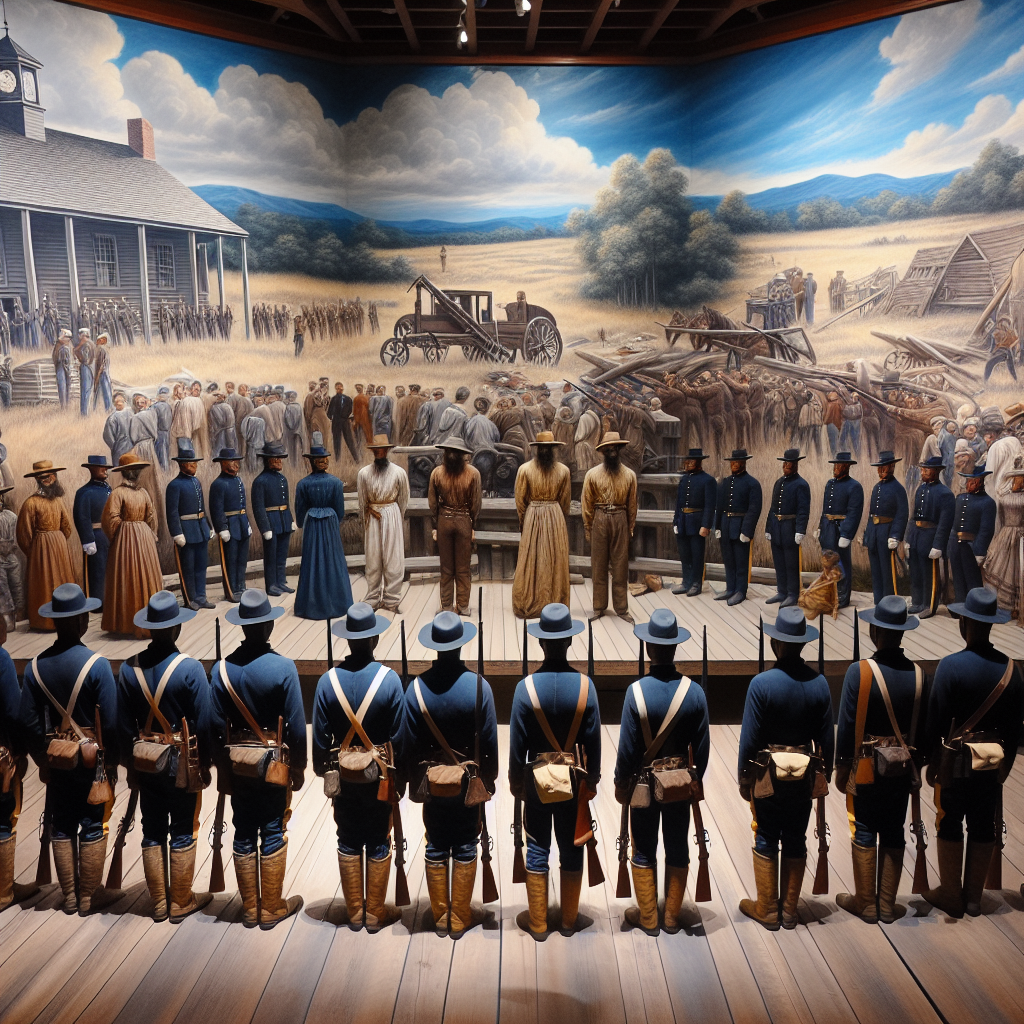The Return of the Firing Squad: A Historical Perspective on Its Use in the US
The Return of the Firing Squad: A Historical Perspective on Its Use in the US
Introduction
The firing squad, a method of execution that has been largely out of use in the United States, is making a controversial return. This article delves into the historical context, reasons for its resurgence, and the implications of its reintroduction.
Historical Context
The firing squad has a long history in the United States, dating back to the early days of the nation. It was primarily used for military executions and was considered a more honorable form of death compared to hanging.
- First recorded use in the US was during the Revolutionary War.
- Primarily used for military personnel and during wartime.
- Seen as a quick and efficient method of execution.
Reasons for Resurgence
Several factors have contributed to the reconsideration of the firing squad as a method of execution in modern times.
- Shortages of lethal injection drugs have prompted states to seek alternatives.
- Legal challenges and ethical concerns surrounding lethal injections.
- Perceived as a more humane and reliable method compared to botched lethal injections.
Implications and Controversies
The reintroduction of the firing squad has sparked significant debate and controversy.
- Human rights organizations argue it is a step backward for the US justice system.
- Supporters claim it is a more transparent and less error-prone method.
- Raises questions about the future of capital punishment in the US.
Conclusion
The return of the firing squad in the United States highlights ongoing challenges and debates surrounding capital punishment. While it addresses some practical issues with lethal injections, it also revives ethical and human rights concerns. As states continue to grapple with execution methods, the firing squad’s reemergence serves as a reminder of the complex history and future of the death penalty in America.






































